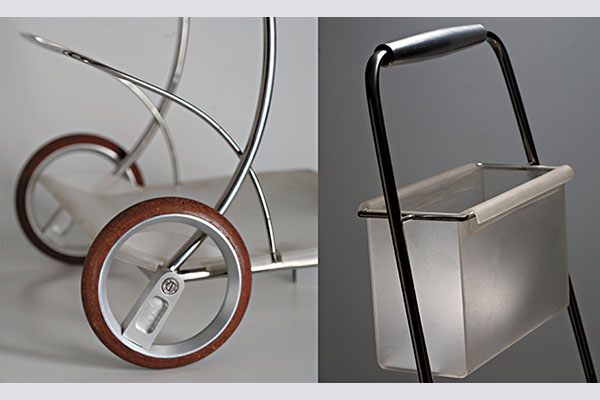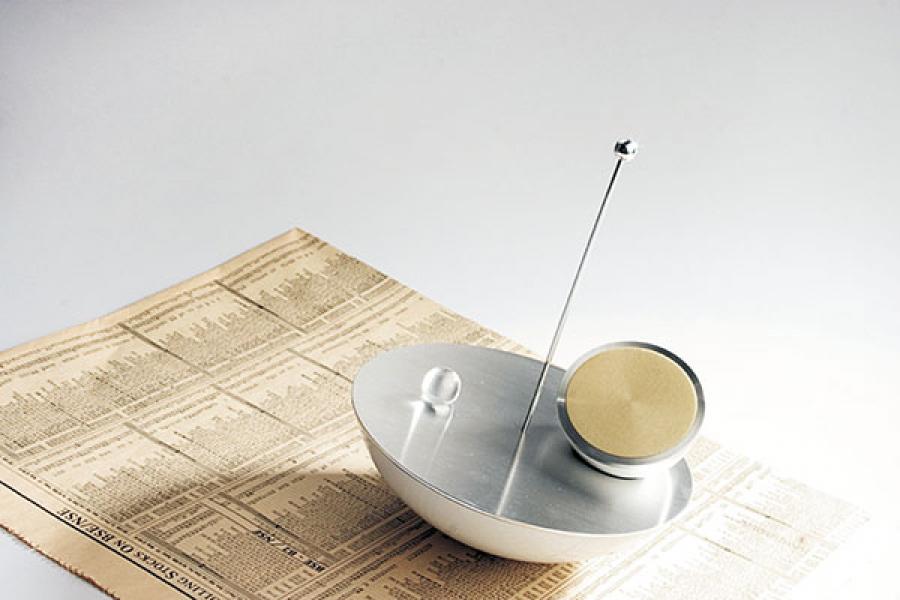
Innovating through design: Part II
Technology, manufacturing ecosystems and an open-minded customer create an ideal scenario for design to reduce the negative fallouts of consumerism
The design philosophy that is imperative to our society today is that of reducing the negative fallout of consumerism. Products are also losing their relevance in increasingly shorter periods of time, forcing consumers to make more purchases more frequently. As technologies evolve faster, design has to adapt to the shorter lifecycles of these products. This ever-increasing pace of change makes it difficult to move against the grain of conventional practices, thus making it a struggle to create ‘alternative design perspectives’ that could seed positive change.
Design Today
So how does design create a greater impact in instilling positive change?
For long, India has not been at the forefront of adopting and formalising design as a profession; it has also taken design a long time to find a natural fit in organisations, thus making it subservient to the developmental process. However, times are changing, with a few companies pioneering the concept of in-house design expertise that seamlessly fits in and fuels product pipelines.
Design has embedded itself into the systems of these organisations and their developmental processes as a crucial link in the success of a business. In-house design teams are a common part of forward-looking companies, consistently looking at the immediate and near-future requirements of product innovation. Cross-functional collaborative teams now allow design practices to shape the final outcome of an innovation process, thus bringing the right balance in a solution. Design teams drive innovation both through building better solutions to current problems and pre-empting near-future consumer trends.
The design services environment is, in its width and depth, one that allows organisations to solve problems at any point of the design life-cycle such as planning, research, consumer insights, forecasting trends, design engineering, styling and pegging concepts for the future. This versatile nature of engagement has opened up opportunities for business and design, creating a market where the consumer has plenty to choose from. The dynamic that drives and defines the level of innovation is the interplay between the creator (designer), the maker (manufacturer/marketer) and the consumer. Varying dynamics can transform a solution from being ‘safe’ and within ‘arms-reach’ to becoming a pathbreaking innovation that helps leapfrog change. Making the right choices is fundamental to creating a wider acceptance of design with consumers today.

Objects of utility, such as a shopping cart, can be made more space-efficient. Here, the cart, taller and narrower than usual, adds carriage space at the bottom and top
Design Tomorrow
In India, we come from a balanced economy: We are rooted to our eclectic culture, and are yet progressive and adaptive. This stems from the fact that India, historically, has had an infusion of several cultural influences. Today, we are poised with a great balance of a rich history and a dynamic, forward-looking youth that is ready to take risks and embrace change. The equation of available smart technologies, refined global manufacturing ecosystems and openness on the part of the end consumer creates an ideal scenario for design to make a significant impact.
There is a growing need to plan design road maps that go beyond the current consumer needs. Creating long-term predictive design road maps helps envision resolution of the bigger challenges of design that deal with issues such as generation of waste, excessive consumption, impact on the environment, energy utilisation and obsolescence due to change. Design is perfectly poised to take control and become the bastion of ‘good’ change.
It is also time to introduce and nurture design thinking in every profession. Immersion of design practices will create engineers, manufacturers and retailers with a greater sensitivity towards the importance and effect of design. A positive outcome could be ‘conscientious design’, which can change the way we think of designing the most commonplace objects, or the paradigm of luxury.
The future role of design is to bring back a sense of balance rather than be subservient to the trend of excessive consumption. Creating a product that satisfies a consumer’s current need is just not enough; the product’s environmental, social and cultural impact in the long run are as important.
Michael Foley is founder of Foley Designs and an alumni of the National Institute of Design, Ahmedabad. All products featured here have been designed by him
(This story appears in the 24 June, 2016 issue of Forbes India. To visit our Archives, click here.)















